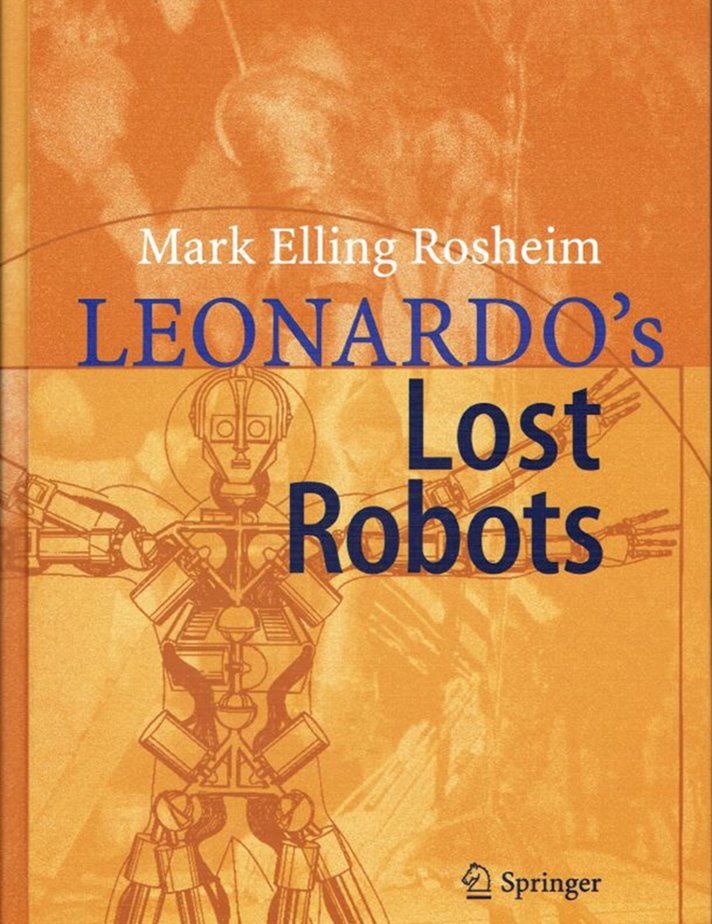"Leonardo's Lost Robots" by Mark Elling Rosheim. > Random House Books, 20 Vauxhall Bridge Road, London, SW1V 2SA, ISBN 978-1-84-794510-5

In a bookshop I'd been doing my usual eye level search (plus or minus one shelf), and I’d leafed through a couple of possible purchases, when I happened to spy “The Talent Code” way down on shelf minus two.
On reflection, I’m sure it was the middle word of the title that caught my attention, but the additional front cover text “unlocking the secret of skill in maths, art, music, sport, and just about everything else”, seemed like a good reason for further investigation. The discovery of an extremely positive foreword, by none other than Tom Peters, had me reaching for my credit card. Since this book isn’t a work of fiction, I can briefly describe what it’s all about without destroying the pleasure of the reading. In fact, the basis of the book can be found on the back cover, and I quote it here:
“Talent. You’ve either got it or you haven’t.” Not true, actually.
In “The Talent Code”, award-winning journalist Daniel Coyle draws on cutting- edge research to reveal that, far from being some abstract mystical power fixed at birth, ability really can be created and nurtured.
In the process, he considers talent at work in venues as diverse as a music school in Dallas and a tennis academy near Moscow to demonstrate how the wiring of our brains can be transformed by the way we approach particular tasks. He explains what is really going on when apparently unremarkable people suddenly make a major leap forward. He reveals why some teaching methods are so much more effective than others. Above all, he shows how all of us can achieve our full potential if we set about training our brains in the right way.
The book is all about the discovery in the brain of a chemical substance, called Myelin, and its action on neural circuits. As described by Coyle, from his research, myelin gets wrapped around neural circuits when they are used. The more a neural circuit is used the more myelin gets wrapped around it. The more myelin that is wrapped around the neural circuit, the faster and more efficiently the circuit operates. Hence the learning process consists of enough of the right kind of practice to thickly wrap myelin around the appropriate circuits; that is, the circuits pertaining to particular skills. The key phase is ‘the right kind of practice’, which is described as being in the zone; a process which the author has labelled ‘deep practice’.
Coyle describes his worldwide travels to research the learning methods of a wide variety of establishments which have spawned regular world class performers in sport, music, baseball, teaching, skateboarding, soccer.
He states an initial intention to visit these places to discover the secret of their successes, but found that his preconceived ideas were totally at odds with what he actually discovered. Expectations of high tech training facilities, equipment and methods were unfulfilled in what he found. The opposite seems to have been true, in that he found things to be happening in broken down gymnasia, on well worn playing fields and in conditions which looked less that suitable.
Coyle discovered that the talent was dependent on the teaching ability of master coaches together with an internal desire in each student to succeed.
This content is restricted to site members. If you are an existing user, please log in. New users may register below.
